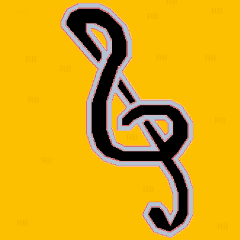.NET compiled dll assembly in AutoIt, the simple approach!
-
Recently Browsing 0 members
- No registered users viewing this page.
-
Similar Content
-
- 8 replies
- 365 views
-
- 0 replies
- 1,699 views
-
- 5 replies
- 1,912 views
-
- 4 replies
- 5,541 views
-
- 6 replies
- 4,825 views
-







Recommended Posts
Create an account or sign in to comment
You need to be a member in order to leave a comment
Create an account
Sign up for a new account in our community. It's easy!
Register a new accountSign in
Already have an account? Sign in here.
Sign In Now